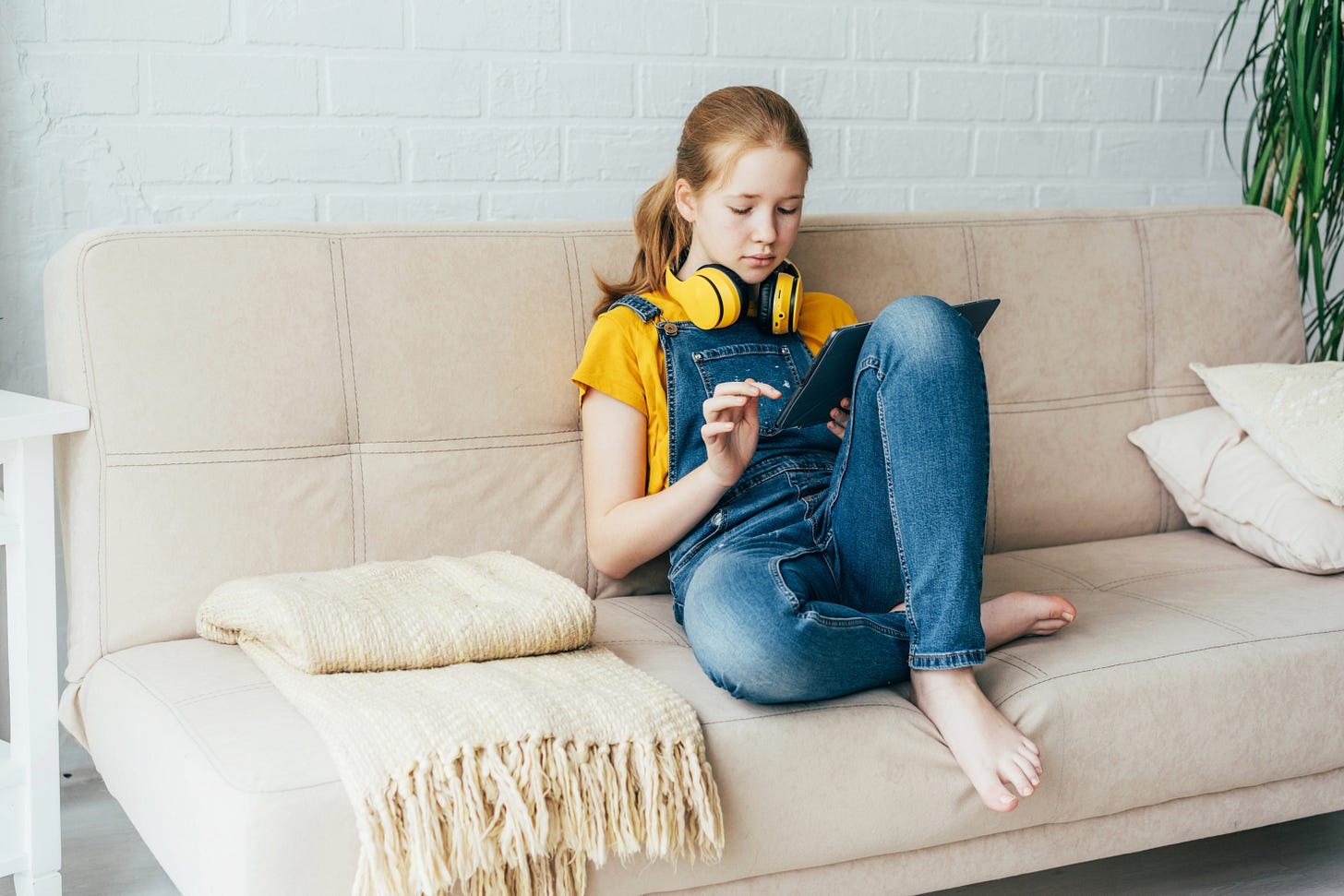Backpacks to iPads: Rethinking How Kids Learn
Why mixing paper and pixels could be the secret to deeper understanding
I used to haul a backpack so stuffed with textbooks the straps threatened mutiny every morning, and now, my kids slip an iPad into their sleek satchels, open OneNote for homework and even whip up presentations in Canva (my son still borrows my premium account, don’t tell his teachers). This shift from paper to screen made me wonder, are we trading convenience for comprehension?
Screen Inferiority, A Small but Meaningful Gap
Researchers have combed through dozens of experiments and meta-analyses and found a consistent screen inferiority effect, meaning kids often score a bit lower on comprehension when reading informational texts on screens versus paper. It isn’t huge, think a slight dip under timed conditions, but over years of study it can add up, especially when details matter (dates, definitions, formulas). Younger children around ages one to eight seem especially vulnerable, though cleverly designed digital books with thoughtful enhancements can sometimes reverse the effect. Even digital natives don’t escape it entirely, familiarity alone doesn’t seem to close the gap.
Why Paper Feels Different
Paper isn’t just nostalgic, it offers tactile feedback, the rustle of pages, the weight of a book, that anchors our reading. That stable layout lets students build a mental map, oh yes, that paragraph was on the top left page, which boosts recall. I remember when I was going through my years in college studying medicine; I had my own notes for every subject: meticulously crafted text, figures and diagrams to rival any medical journal, all done to aid learning and recall. The mere process of creating those notes helped consolidate the information! Screens, with infinite scroll and fleeting menus, can erode that spatial memory. Brightness, glare and pixelation add subtle cognitive load, our brains work a bit harder to decode text. Hyperlinks and notifications lure attention away, fostering skimming over deep reading. Eye-tracking studies show more re-reading on paper, more glancing and skimming on tablets.
The Upside of Screens
Of course, screens shine in access and adaptability. Interactive simulations, real-time feedback and multimedia can enliven dry topics. OneNote’s digital ink helps my kids organize thoughts, embed images and record audio explanations all in one place. Canva teaches them design principles alongside their school subjects. Most experts agree the key isn’t choosing one medium but using both thoughtfully, reserve paper for deep dives, dense chapters, complicated diagrams, note-taking by hand when comprehension matters, and lean on digital tools for drafts, collaborative work and quick research.
The Role of Adult Guidance
It turns out shared reading habits still matter, even on screens. When an adult co-views and discusses digital content with a child, comprehension and language skills get a boost similar to print books. Left alone, kids might focus more on swiping mechanics than meaning. My own routine is to take turns reading aloud in OneNote and pause to chat about what’s interesting or confusing.
Practical Takeaways for Parents





